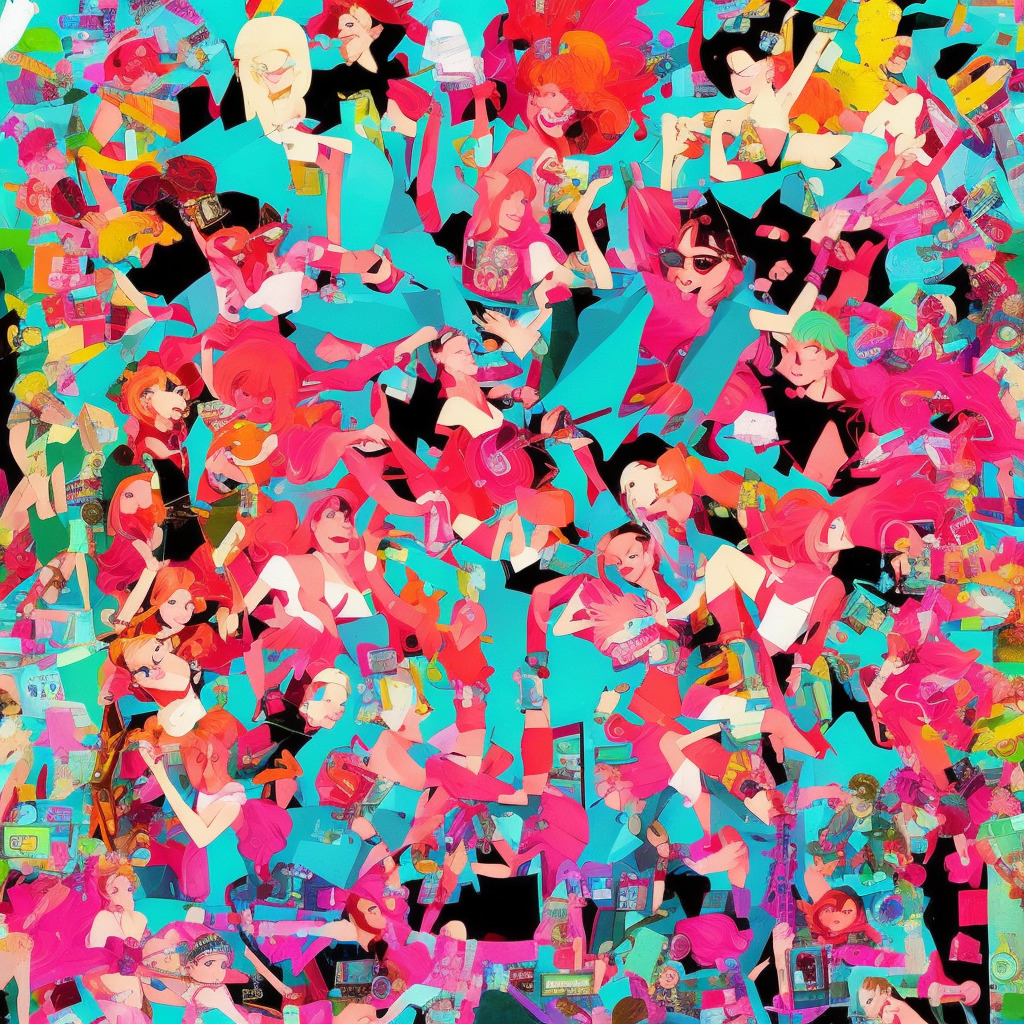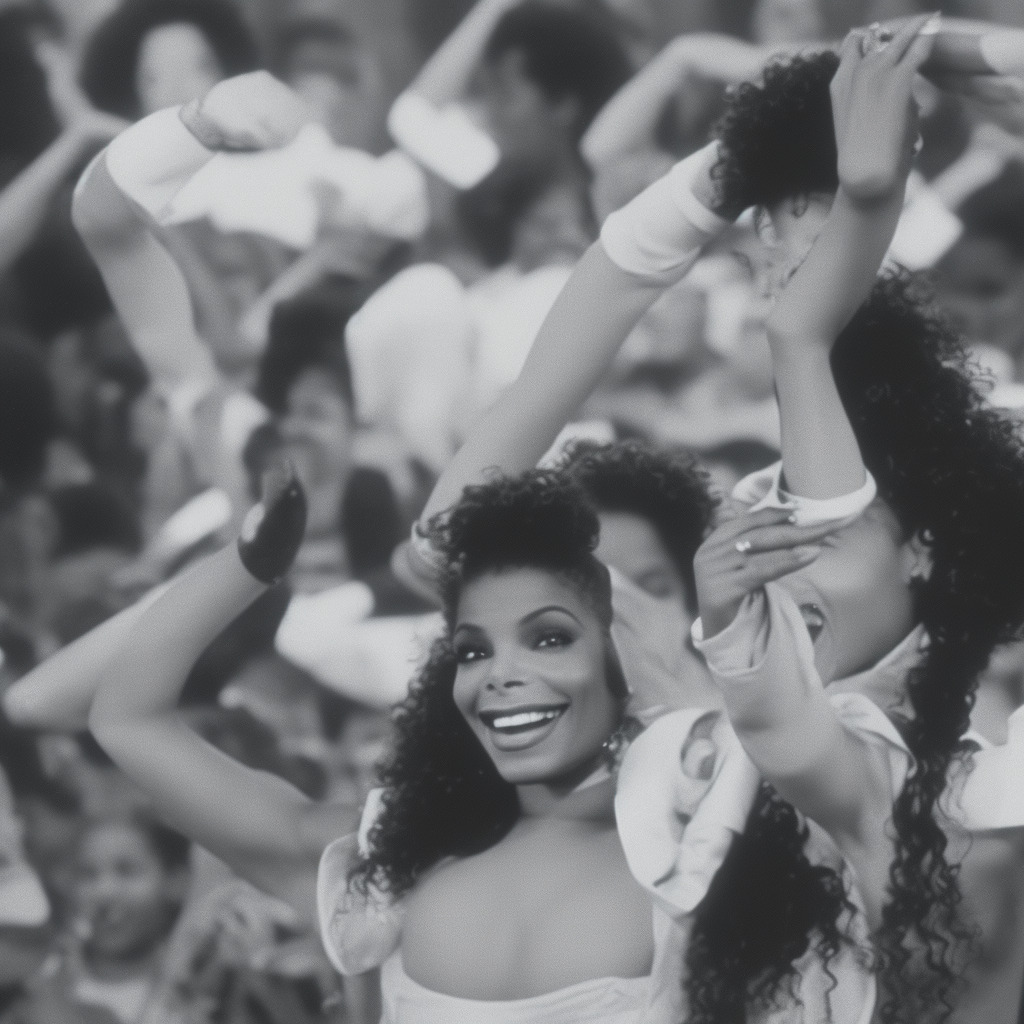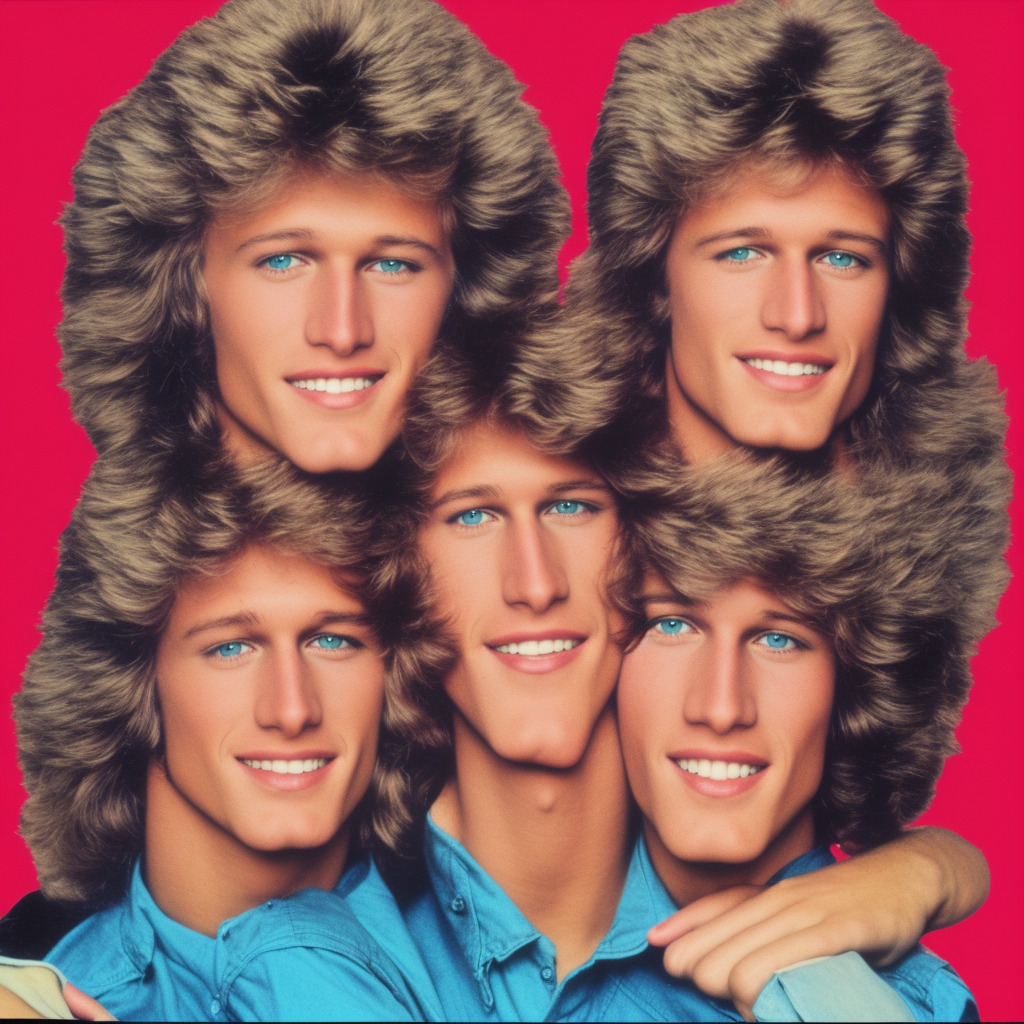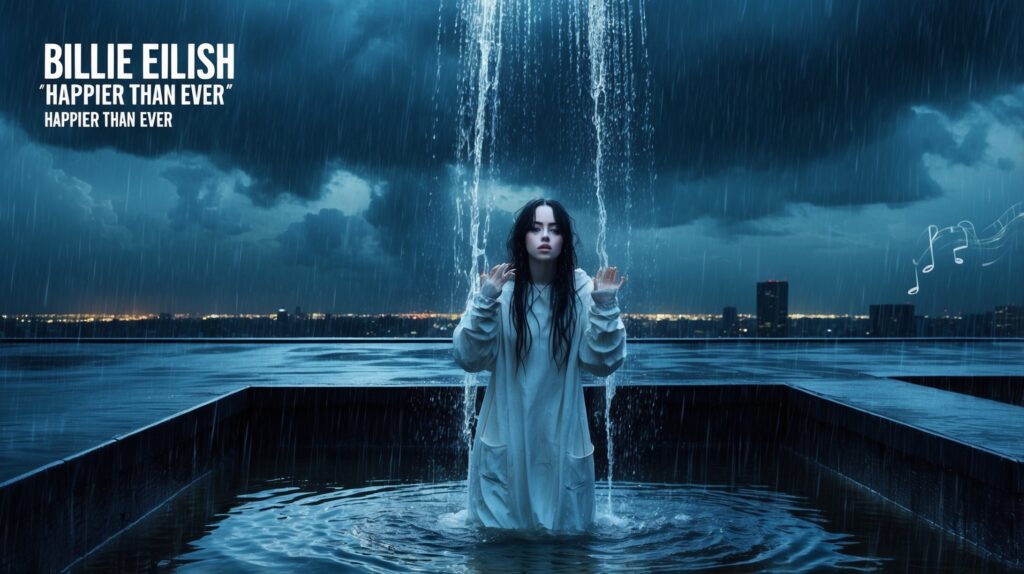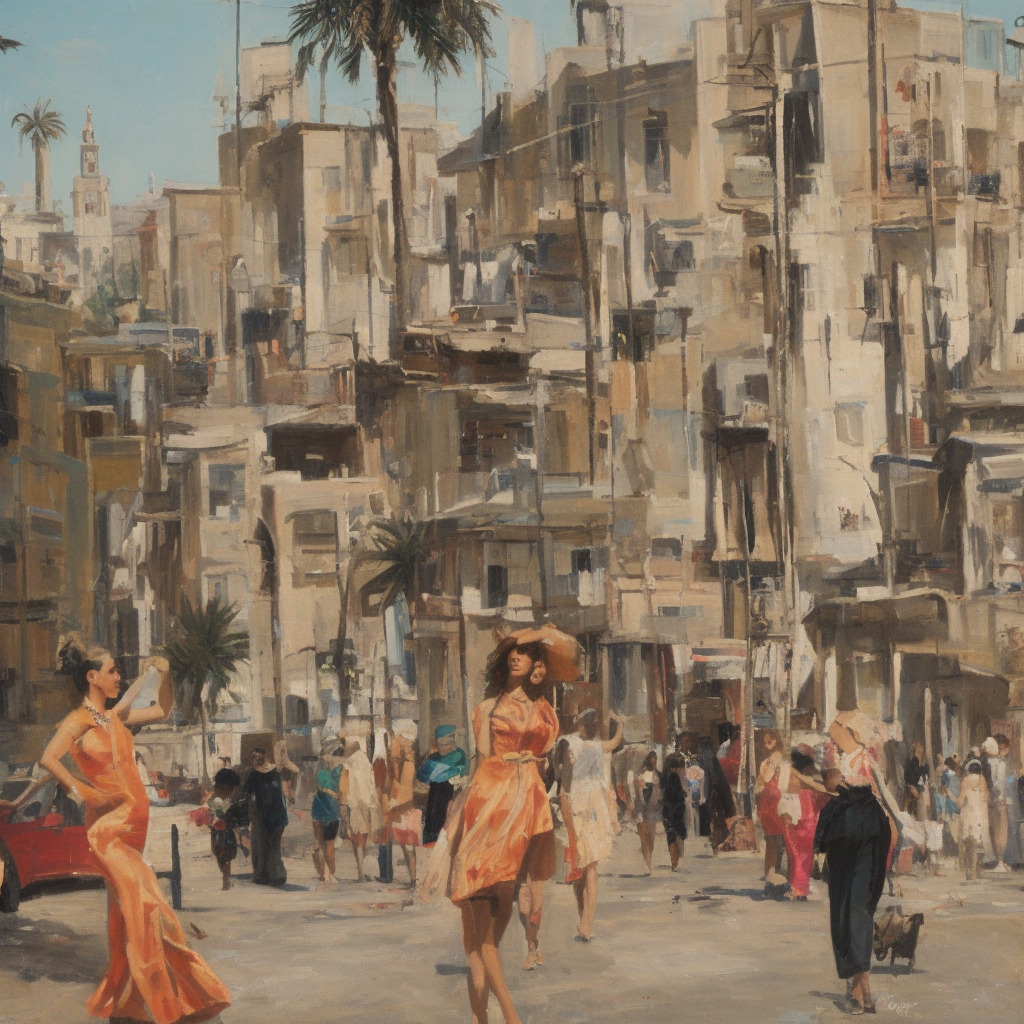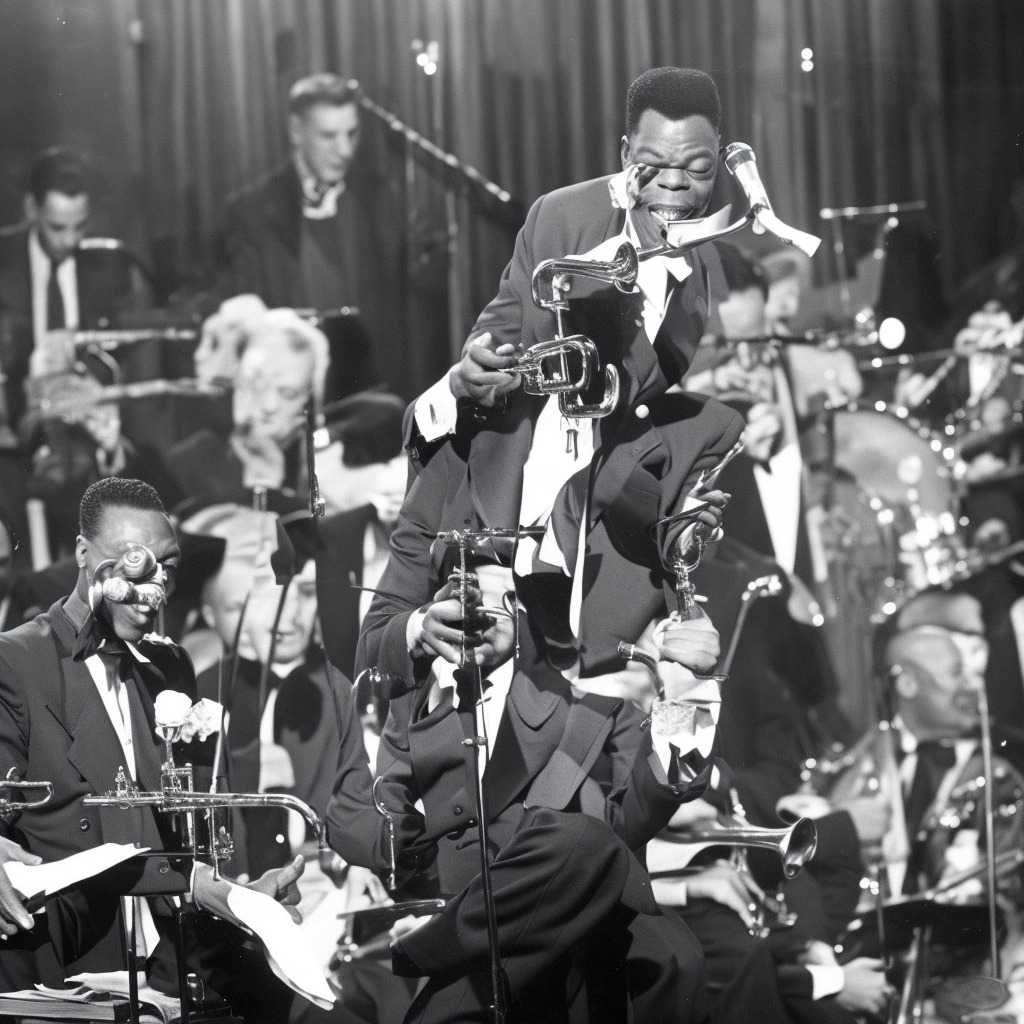🎶 Did you know? Aqua’s iconic ’90s hit “Barbie Girl” was inspired by a Danish exhibit that featured dolls with adult jobs! 💃🕺 Turn up the nostalgia, party like it’s 1997! 🎉 #BarbieGirl #Aqua #90sTrivia #OneHitWonder #FlashbackFriday 🎶 Read about it: tinyurl.com/5ze4mjzx
The Pop Culture Phenomenon of Aqua and Their Iconic Hit
Diving into the 90s pop wave, Aqua’s infectious tunes and controversial “Barbie Girl” made them an unforgettable phenomenon in the music world.
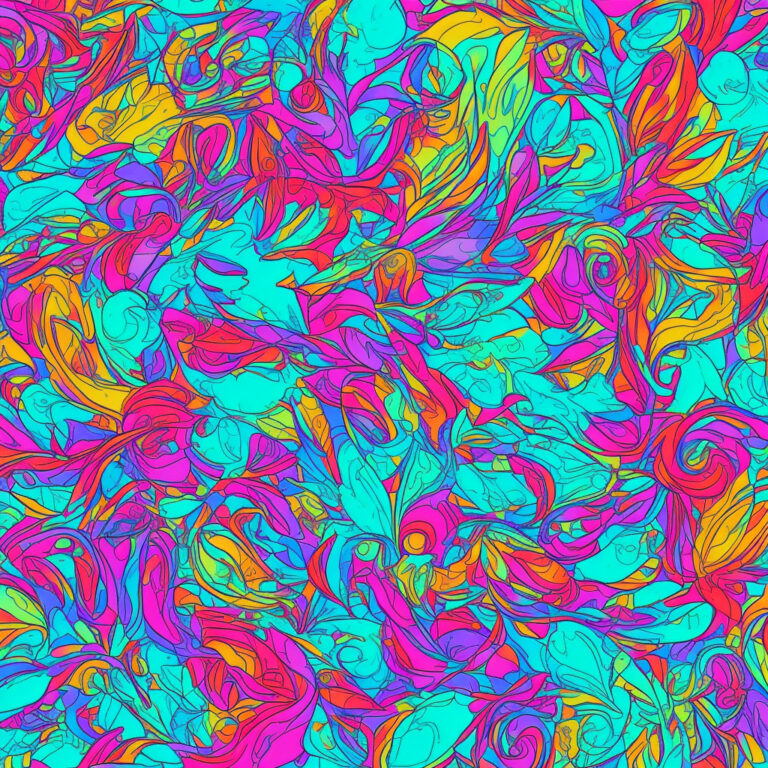
In the late 90’s, a Danish-Norwegian band soared to international stardom with their undeniably catchy and controversial single, “Barbie Girl.” Aqua, a group consisting of Lene Nystrøm, René Dif, Søren Rasted, and Claus Norreen, had released their debut album “Aquarium” in 1997, but it was “Barbie Girl” that propelled them into pop culture history.
The song, through its infectious melody and playful lyrics, became a tongue-in-cheek social commentary on the stereotypes and consumerism surrounding the iconic Mattel doll. Despite its controversial nature and a lawsuit from Mattel (which they eventually lost), the song reached number one in multiple countries and firmly embedded itself in the collective memory of the late 90s.
Aqua’s success wasn’t limited to just “Barbie Girl,” though. Their debut album “Aquarium” also contained other memorable tracks such as “Doctor Jones” and “Turn Back Time,” which further demonstrated the group’s ability to produce catchy pop tunes with interesting narratives. With “Aquarium” reaching multi-platinum status in multiple countries, Aqua had cemented itself as one of the most successful Scandinavian bands of the 90s.
However, not everything was smooth sailing for Aqua. While the band’s sound was undoubtedly entertaining and memorable, their music was often branded as frivolous and lacking substance by many critics. This led to an unfortunate pigeonholing of Aqua as a “one-hit-wonder” or “novelty act,” overshadowing their undeniable impact on the music scene at the time.
Aqua eventually released their second album “Aquarius” in 2000, which spawned the hit single “Cartoon Heroes,” but the group disbanded in 2001, only to reunite a few years later. Despite various lineup changes and a hiatus, Aqua has remained active and continues to perform and release new music.
The band’s impact on the late 90s pop music landscape is undeniable. With their unique sound and style, Aqua became one of the most recognizable and memorable bands of their time. The success of “Barbie Girl” alone garnered them a Guinness World Record for the Best Selling Scandinavian Single and a World Music Award for Best Selling Scandinavian Artist in 1998. While the controversy and critical reception may have tainted their image to some, there’s no denying that Aqua created a pop culture phenomenon that will not be forgotten any time soon.
Chart-topping Phenomenon
“Barbie Girl” – a record-breaking, chart-topping sensation that transcended controversy to become an unforgettable pop culture anthem.

When “Barbie Girl” was first released on May 14, 1997, it quickly gained traction on the charts, turning it into a global sensation. This infectiously catchy song, with its playful lyrics and unforgettable beat, managed to take the world by storm in a relatively short span of time.
Upon its debut, “Barbie Girl” made a remarkable entrance on the UK Singles Chart at an impressive No.2 position. The song continued to climb the ladder of success, and soon enough, it reached the highly coveted No.1 spot on October 26th, 1997, just five months after its release. It then went on to spend four consecutive weeks at the top, further solidifying its chart-topping status.
Moreover, “Barbie Girl” became a top-ten hit in various countries across the globe, including Australia, Belgium, Finland, Germany, and Switzerland, among others. In the United States, the single peaked at No.7 on the Billboard Hot 100, while in Canada, it bagged the No.1 position on the RPM Top Singles chart.
Aside from its evident chart success, “Barbie Girl” also managed to break a few records in the process. For instance, it became the best-selling Danish single of all time, with over 1.84 million copies sold in the United Kingdom alone. Furthermore, it ranked at No.80 on VH1’s list of the 100 Greatest One-Hit Wonders and secured a spot on the Official Charts Company’s list of the Top 40 Best-Selling Singles of All Time in the UK.
It is worth noting that the song’s immense popularity also stirred a bit of controversy, as Mattel, the manufacturer of Barbie dolls, filed a lawsuit against the band for trademark infringement. However, the case was eventually dismissed, and the song’s legacy remained unscathed.
In conclusion, “Barbie Girl” by Aqua undoubtedly stands as a testament to the power of a catchy tune and an unforgettable hook, as it carved a permanent place in the annals of pop culture history with its unparalleled chart domination and lasting impact.
Exploring the Lyrics and Their Significance
I’m a blond bimbo girl in a fantasy world
Dress me up, make it tight, I’m your dolly
You’re my doll, rock and roll, feel the glamour in pink
Kiss me here, touch me there, hanky panky
You can touch, you can play, if you say: “I’m always yours”
Come on, Barbie, let’s go party!
Ah, the catchy and controversial “Barbie Girl” by Aqua. These lyrics, at first glance, might seem light-hearted and playful, but they offer a deeper reflection on consumerism, objectification of women, and the pressures exerted by societal beauty standards. Released in 1997, “Barbie Girl” perfectly captures the spirit of the time, when consumer culture thrived, and the iconic Barbie doll was enjoying its peak popularity.
The lyrics present a character, presumably Barbie herself, who is portrayed as a submissive and malleable figure, completely at the mercy of the listener: “Dress me up, make it tight, I’m your dolly.” The phrase “I’m always yours” emphasizes the notions of ownership and control, which can be viewed as a commentary on the commodification of women and their bodies.
The line “You’re my doll, rock and roll, feel the glamour in pink” sheds light on the idea that women’s value and worth are often tied to their physical appearance and adherence to traditional gender roles. Moreover, it highlights the role of the media in perpetuating these stereotypes, as “rock and roll” and “glamour” are often associated with fame and the entertainment industry.
The call to action “Come on, Barbie, let’s go party!” serves as a reminder of the carefree and hedonistic desire for fun that dominated the late 20th century. This line, combined with the song’s upbeat melody and rhythm, creates an almost ironic contrast between the serious social commentary and the seemingly frivolous content.
In conclusion, the lyrics of “Barbie Girl” by Aqua offer valuable insight into the prevalent issues of consumerism, objectification, and societal pressure experienced during the late ’90s. The song remains a powerful reminder of how pop culture can provoke thought and spark debate on critical social issues, while still maintaining its entertainment value.
A Splash of Color and Kitsch: The “Barbie Girl” Music Video
Dive into the vibrant, kitschy world of Aqua’s iconic “Barbie Girl” music video – a candy-colored, ’90s Eurodance time capsule that playfully endures.
The iconic “Barbie Girl” music video by Aqua highlights the light-hearted and playful nature of the late ’90s Eurodance scene. Directed by Peder Pedersen and Peter Stenbæk, this high-energy and candy-colored visual delight is a true testament to the song’s infectious and catchy melody.
The production process for the “Barbie Girl” music video was relatively modest considering the massive success of the song. Shot on a low budget, the creative team took a DIY approach by utilizing vivid backdrops, campy costumes, and exaggerated choreography to capture the essence of the song’s playful lyrics. The result is a unique and memorable visual representation that has stood the test of time.
A key aspect of the video’s artistic approach is the vibrant color palette, which is heavily influenced by the aesthetics of Barbie doll packaging. Aqua’s lead singers Lene Nystrøm and René Dif embody the iconic roles of the titular doll and her companion, Ken, while the rest of the band members take on various supporting characters. The backdrop for the music video is a mix of real-life locations and computer-generated imagery, which adds to the surreal and fantastical tone of the video.
As the song progresses, the music video features a series of energetic dance sequences, with synchronized choreography that showcases the band’s performance skills. The video also includes humorous scenes, such as the famous “doll-in-the-box” opening, where Lene is showcased as a life-size Barbie doll in her original packaging. This particular scene has become synonymous with the song and has been emulated in various fan videos and YouTube tributes.
In the years since its release, the “Barbie Girl” music video has amassed over 840 million views on YouTube, proving its lasting impact on popular culture. The music video is a perfect time capsule of the ’90s, transporting viewers back to a more innocent and carefree era of pop music. With its kitschy and colorful visuals, the “Barbie Girl” music video remains an unforgettable piece of music history.
The Mastermind Behind the Melodies: Søren Rasted
Søren Rasted, the Danish composer responsible for crafting Aqua’s iconic hit “Barbie Girl,” boasts an impressive repertoire of songs spanning across various musical genres. As a member of both Aqua and Lazyboy, Rasted has consistently demonstrated his innate ability to create captivating tunes that resonate with listeners around the world. One of his other notable works includes “Dr. Jones,” another chart-topping single for Aqua, which showcased the group’s infectious blend of bubblegum pop and Eurodance influences. In addition to his accomplishments within the realm of music production, Rasted is also a talented multi-instrumentalist, playing the guitar, keyboards, and electronic drums. It is without a doubt that his creative genius has left an indelible mark on the global music scene, inspiring countless artists and fans alike.
Accolades, Appearances, and Adaptations
“From chart-topping phenomenon to pop culture icon: Aqua’s ‘Barbie Girl’ conquers airwaves, screens, and dance floors since 1997!”
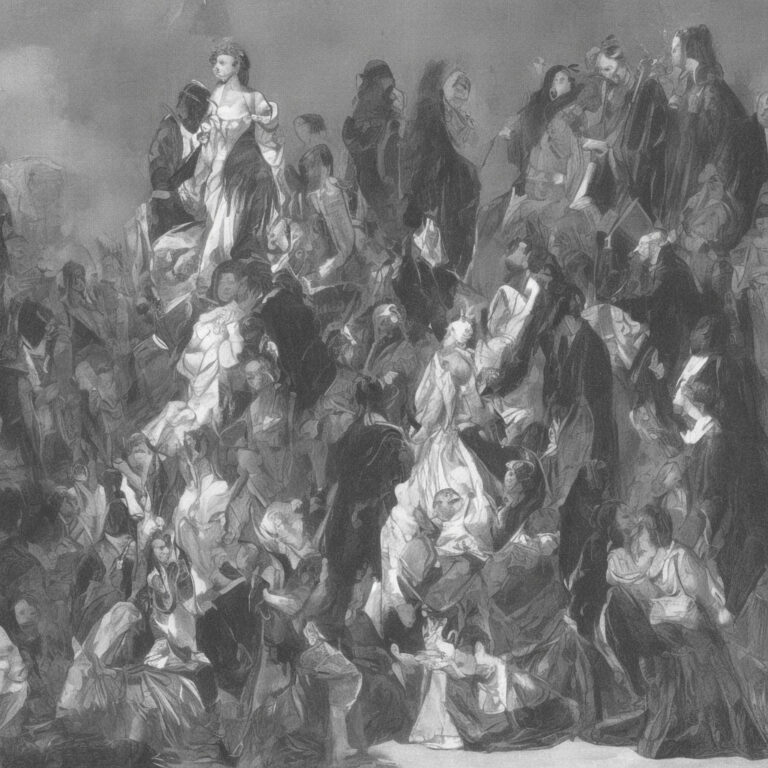
“Barbie Girl” has certainly made its mark since its release in 1997. The infectious pop tune, performed by Danish-Norwegian group Aqua, boasts numerous accolades and has permeated various facets of popular culture – from television and movies to gaming.
The song was a massive commercial success, reaching the top spot on the charts in several countries, including the United Kingdom, Australia, and Sweden. In the UK, “Barbie Girl” even held the number-one position for three consecutive weeks! The track has received multiple awards, such as the 1998 International Hit of the Year at the Danish Music Awards, and the 1998 MTV European Music Award for Best Song. Additionally, the song was nominated for Best Dance Recording at the 41st Annual Grammy Awards.
Not only did “Barbie Girl” conquer the airwaves, but it also found its way into various movies, TV shows, and video games. The song was featured in movies like 2001’s “Legally Blonde,” starring Reese Witherspoon, and 2016’s “Trolls,” performed by Zooey Deschanel. Moreover, it has appeared in popular TV shows such as “The Simpsons” and “Glee,” where it was performed by the show’s cast. For those with a penchant for gaming, the track has been included as a playable song in the widely popular game franchise, “Just Dance.”
Over the years, “Barbie Girl” has inspired several cover versions, further cementing its status as a pop culture icon. Notable covers include Olli Schulz’s 2012 rendition, which adds an acoustic twist to the original, and postmodern jukebox’s 2015 cover that infuses the song with a unique jazz vibe. Additionally, in 2017, singer-songwriter Kelly Clarkson performed her cheeky, tongue-in-cheek version during her “Kellyoke” segment on “The Kelly Clarkson Show.”
Overall, “Barbie Girl” has undeniably left an enduring impression on the music world and popular culture, demonstrating the song’s lasting appeal and widespread influence.
Dissecting the Musical Elements
Diving into the musical structure of “Barbie Girl,” one can’t help but notice its catchy and upbeat nature, which is primarily attributed to its key signature and tempo. The song is written in the key of C major, which is widely known for its bright and happy tonality. This choice of key signature plays a significant role in establishing the song’s overall mood and energy.
The chord progression of “Barbie Girl” follows a repetitive pattern of four chords throughout the entire song, namely C major, G major, A minor, and F major (notated as I, V, vi, IV). This common pop chord progression is often referred to as the “four-chord song” formula, which helps create the song’s infectious and memorable hook. By using these familiar chords, Aqua ensured that the song would be easily accessible and enjoyable for a wide range of listeners.
Tempo-wise, “Barbie Girl” clocks in at around 130 beats per minute (BPM), making it a perfect candidate for the dancefloor. The fast tempo contributes to the song’s energetic and lively atmosphere, encouraging listeners to get up and move. The driving beat and bassline, combined with the tempo, create a sense of urgency and excitement that is difficult to resist.
Instrumentation in “Barbie Girl” is primarily characterized by its use of synthesizers and electronic beats, giving the song its distinctive 90s Europop flavor. The synthesized sounds are layered to create a rich, full texture, and the use of staccato notes in the melody adds to the song’s playful nature. Additionally, the contrasting vocal styles of the male and female vocalists create an engaging musical conversation that further enhances the song’s appeal.
Another notable aspect of the song’s structure is its effective use of dynamics. The track opens with a softer, more subdued introduction before launching into the high-energy chorus, creating an impactful contrast. This technique is employed throughout the song, with verses and the bridge featuring more restrained instrumentation, allowing the chorus to stand out and make a lasting impression on listeners.
Overall, the musical elements of “Barbie Girl” come together to form a timeless and iconic pop song. Its choice of key signature, chord progression, tempo, and instrumentation create an irresistibly catchy and energetic track that has continued to capture the hearts of listeners for decades.

